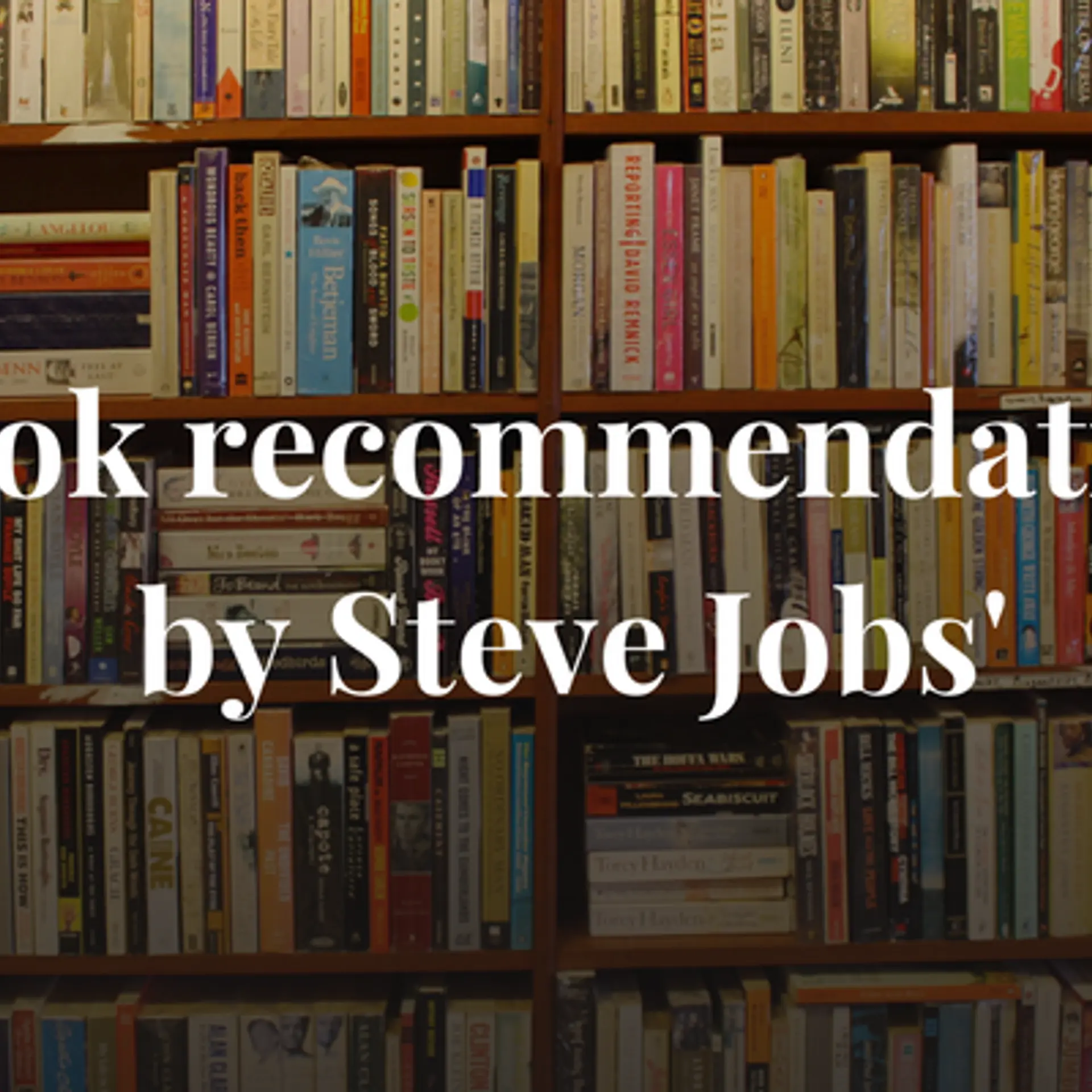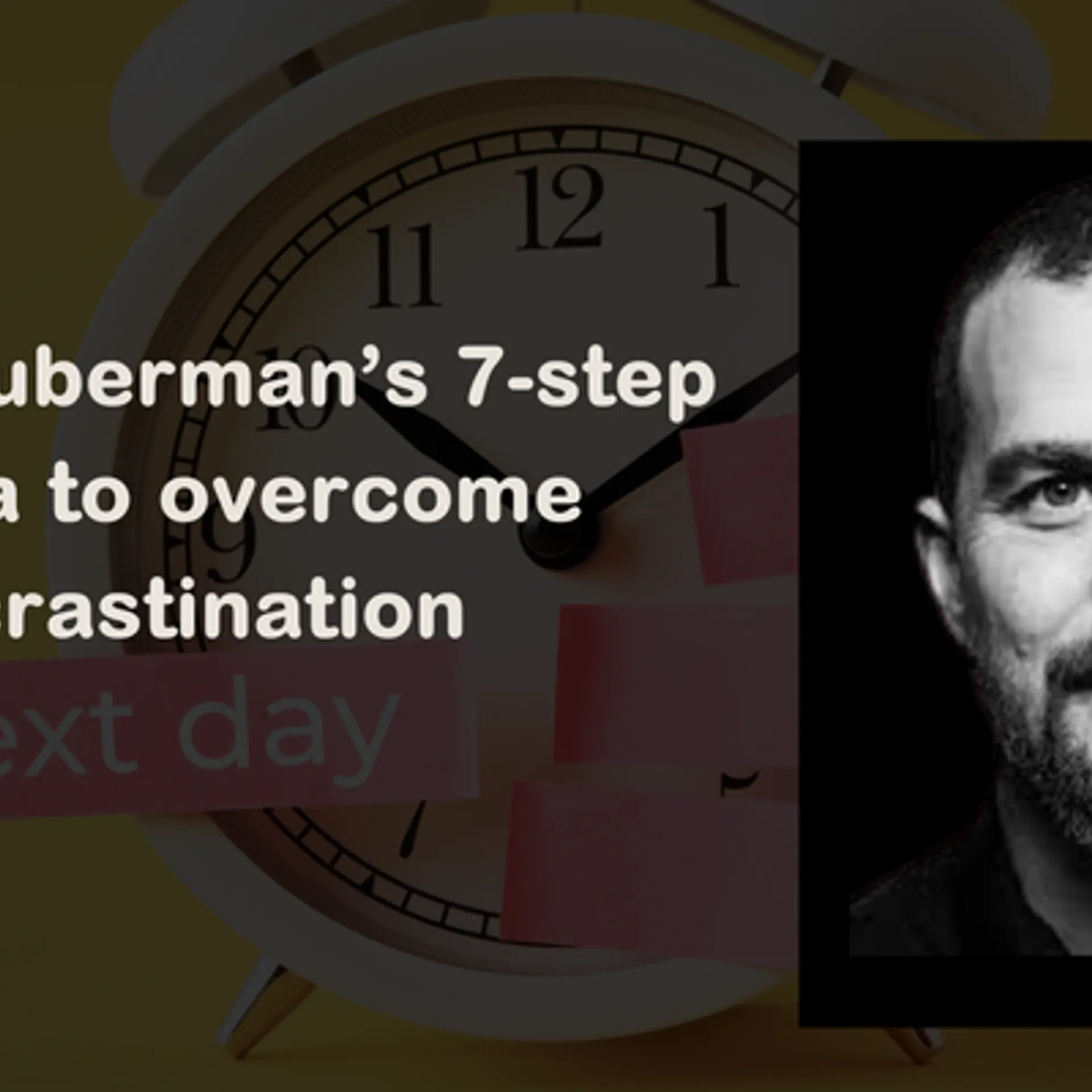3G Adoption Will Be Slow : Nielsen Study
We have written extensively about 3G, debated its tradeoffs, analyzed(and hoped) that it would spark off growth in related industries(here and here). And while there is a genuine buzz related to it, living in a technology centric world it is sometimes easy to lose touch with the ground reality. A study by the Nielsen Company ‘may’ dampen some of excitement around the ‘great 3G Dream’. Or maybe just set the expectations right.
As part of its Consumer 360 conference in Delhi, released a study on 3G Adoption. Perhaps the most startling find was that only 1 in 5 people said they would ‘definitely‘ adopt 3G. While 2 in 5 said they would ‘probably’ do so. The encouraging aspect is that only 5% said they would ‘definitely not‘ adopt 3G. The study classified people into 4 groups – Power User, Imitator, Ambivalent and Uninvolved, based on how likely they were use technology. 36% of the Power User category – comprising of the tech savvy crowd and working professionals – said they would definitely adopt 3G. Other groups were significantly less eager.

Other Key Takeaways from the study include :Even though there is high awareness about 3G, migration is going to be a challenge and could take 8-10 years for large scale adoption.
35% expressed a willingness to leave their current carriers if they didn’t offer 3G services at some point. This figure was significantly lower (6%) among people who were not inclined to adopt the technology.
3G services are likely to be more attractive if bundled with 3G enabled handsets as 63% of those inclined said they would ‘definitely; adopt 3G handsets. Add the 24% who ‘probably’ would, and thats almost 90% of the 3G enthusiasts ready to upgrade their handsets. It uses that example of the US market to typify this trend. However it is important to note that the Indian market is very different from that in the US. The concept of handsets bundled with connections never really caught on. Handsets and Connections are bought separately.
Merely making 3G services affordable will not drive adoption unless there is a significant boost to user experience and the proposed advantages are relevant to the consumer. Here it cited the example of Japan which was able to achieve nearly ‘universal’ 3G penetration because of competitive subscription plans and relevant services. Unlike Korea, which despite having a 90% adoption rate was not able to translate that into 3G Data Usage.
For those of us, who spend a lot of time reading/writing about technology, it is normal for the perceived impact to be magnified in our minds. An effect that Vivek Wadhwa describes as ‘Living in an Ivory Tower‘. This study, reminds us that there is often a big difference on what we visualize and what actually transpires. On the flip-side though, we’re easily 4-5 years behind the curve with 3G. Sluggish adoption does not bode well, and its even worse for those already pushing 4G


![[YS Exclusive] SquadStack debuts AI-driven CX platform featuring humanoid AI agent](https://images.yourstory.com/cs/2/fe056c90507811eea8de27f99b086345/CopyofNewPPTTemplates-2025-03-05T190037-1741181509927.jpg?mode=crop&crop=faces&ar=16%3A9&format=auto&w=1920&q=75)



